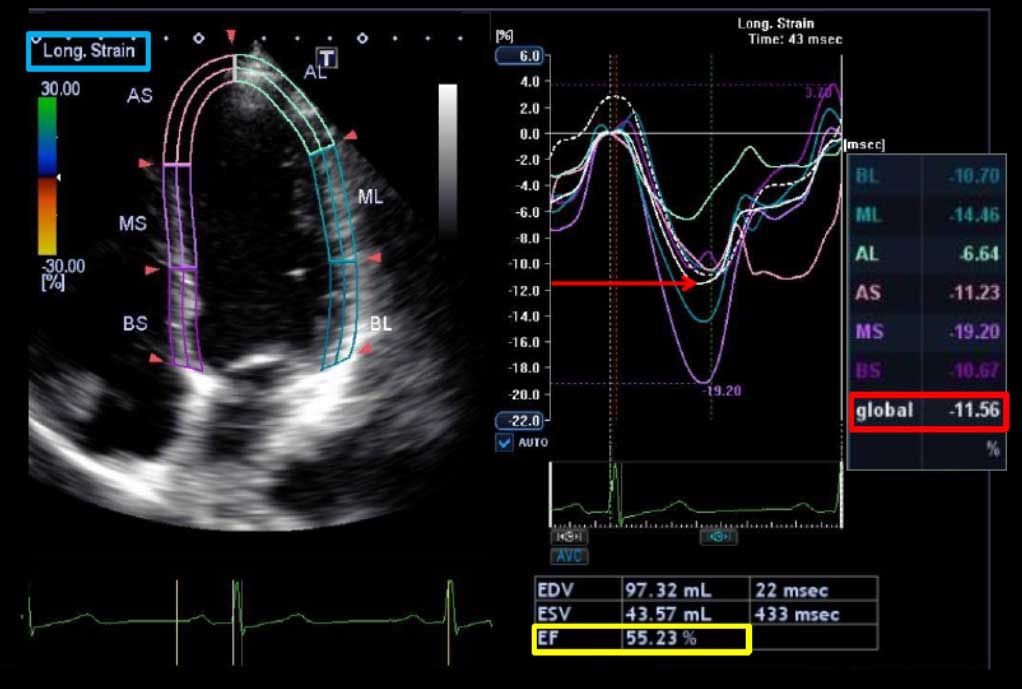Catecholaminergic Polymorphic Ventricular Tachycardia (CPVT)
What is Catecholaminergic Polymorphic Ventricular Tachycardia?
CPVT is a rare condition that affects the heart of otherwise fit and healthy people. It causes the heart to beat abnormally quickly, usually at times of exercise (particularly swimming) or times of high emotion, and can result in dizziness, sudden loss of consciousness or even death. It most commonly occurs in children and young adults typically in the first or second decade of life. It was first recognised in 1975.
In at least a third of cases, it is familial, (inherited) being passed down through the generations.
It is a difficult condition to diagnose, because all of the tests taken at a time of rest are normal including the electrocardiogram (ECG), and the echocardiogram (ultrasound of the heart).
The diagnosis is usually made by detecting extra beats, or runs of fast rhythm arising from the bottom part of the heart, (ventricles), during an exercise test or on a 24 hour ECG.
How does CPVT get its name?
The heart is a pump that initiates its own electrical signals, causing it to beat between at between 50 and 180 beats per minute depending on whether you are resting, exercising or under some form of emotional/physical stress.
In response to stress the body releases adrenaline and noradrenaline (also called epinephrine and norepinephrine). Adrenaline and noradrenaline are chemical messengers that are collectively known as catecholamines that have a direct action on the heart. During exercise or emotional stimulation these catecholamines cause the heart to beat faster and the blood pressure to increase, thus enabling blood and oxygen to reach the exercising muscles and other vital organs.
This response to stress is how the body copes and allows us to flee from danger or run to catch the bus, however it also works the same if the body is emotionally or physically challenged in some other way, such as severe illness.
People with CPVT have hearts that respond abnormally to catecholamines, such that the heartbeat becomes rapid, chaotic and irregular at times of stress. A rapid heart rhythm is known as a “tachycardia”, and since this particular tachycardia arises from the main pumps or ventricles, it is known as a “ventricular tachycardia”. The word “polymorphic” literally means lots of different shapes- referring to the varying beats seen on the ECG. If such a rhythm sustains for more than a few seconds, insufficient blood reaches the brain, leading to a faint, collapse, or even death.
How does it present?
CPVT typically presents with sudden collapse or severe dizziness, usually associated with exercise (or just after exercise stops) or intense emotional stress. First symptoms appear usually in the first or second decade of life, and may often be mistaken for epilepsy in children. It can also present quite out of the blue with sudden death.
How can doctors make the diagnosis?
Symptoms may be reproduced by exercise test, and a 24-hour holter ECG (Holter) test can be useful. These tests are always performed in hospital under specialist supervision. Increasingly doctors use a long-term implanted digital loop recorder, or “Reveal” device, which records the ECG continuously, and documents the heart rhythm during a collapse.
Sudden collapse or severe dizziness may be associated with heart rhythm disturbance such as CPVT. Typically these symptoms may occur with little or no warning, and are usually associated with exercise (or just after exercise stops) or intense emotional stress. Typically cases present in the first or second decade of life, and may often be mistaken for epilepsy in children. Symptoms of the disease may be reproduced by exercise test or by using other forms of adrenergic stimulation such as drugs that increase the heartbeat. These tests are always performed in hospital under Specialist supervision.
Familial incidence of the condition has been manifest in 30% of cases to date.
Treatment:
CPVT usually responds well to beta-blockers. Beta-blocker medications work to stop adrenaline and other catecholamines from speeding the heart up and therefore keep the heart rate under control. More recently, Flecainide has been found very effective in preventing this arrhythmia. In some cases beta-blockers are usually used in combination with implantable defibrillators (implantable cardioverter defibrillator “ICD”) that stop the fast chaotic heart rhythm by treating it with a small electric shock
Genetic Diagnosis of CPVT:
At this time 3 genes are thought to be responsible for CPVT. Ryanodine (RYR2) mutations (abnormalities in the gene sequence), are thought to be responsible for the autosomal dominant (this means that each child born has a 50% chance of inheriting the mutation). In the heart ryanodine is located in the working part of the heart muscle cells that are responsible for making the heartbeat.
The role of ryanodine is to release calcium inside the cell in order for each heartbeat to occur, however this does not work properly as in the case of the abnormal ryanodine, then calcium may build up and not be realised as it should. When adrenaline is present and the heart rate speeds up the working cells are likely not able to cope with the increased workload and this throw the heart into the chaotic heart rhythm.
Calsequestrin CASQ2 binds to calcium inside the working areas of the cardiac muscle cells (sarcoplastic reticulum), it is thought that mutations in the calsequestrin prevent adequate binding occurring particularly when the cell is having to work hard in the presence of catecholamines such as adrenaline. The buildup of calcium because it cannot adequately attach itself to calsequestrin for transport is thought to cause the chaotic heart rhythm.
Ankyrin B mutations have also been implicated in CPVT, and these may also be linked to LQT (Long QT type 4). Work is still being done to establish this link.


